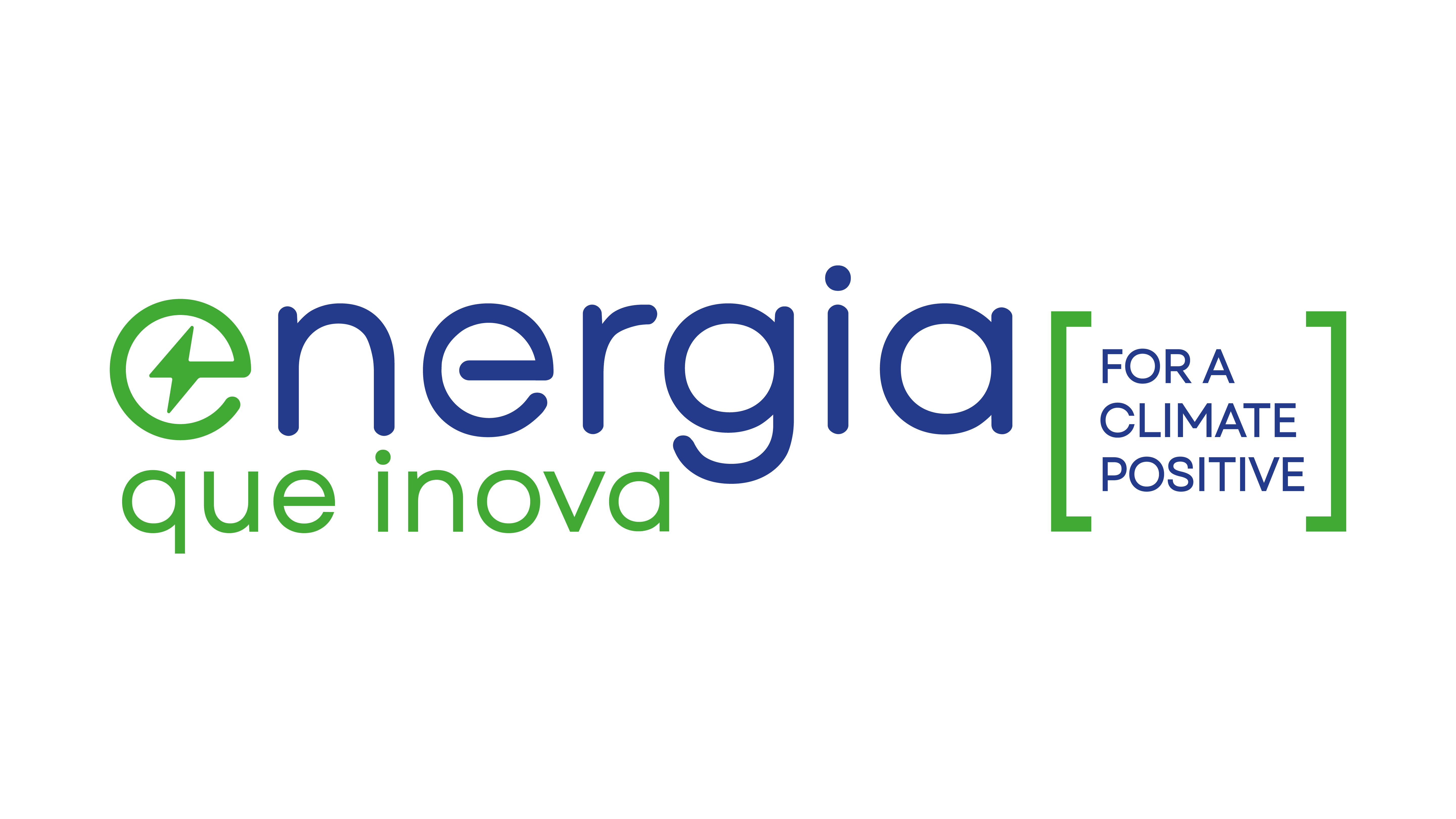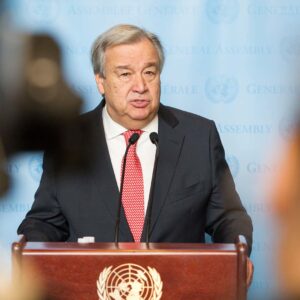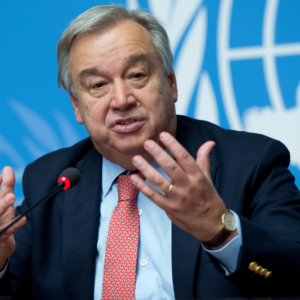According to the latest update from the International Energy Agency (IEA), the renewable energy sector is poised to experience significant growth in 2023. A one-third jump in global renewable energy capacity additions is expected, driven by several factors. Growing political momentum in favor of clean and sustainable sources, along with higher fossil fuel prices and growing concerns about energy security, are driving the rapid deployment of solar PV and wind power around the world.
This trend signals a significant shift in the global energy landscape, as governments, businesses and consumers alike recognize the urgent need to transition to cleaner, more renewable energy sources. Rising fossil fuel prices and market volatility are also playing a role in this push, leading to increased interest in and investment in renewable energy solutions.
Solar PV and wind energy are highlighted as the main drivers of this growth, due to their proven ability to generate electricity sustainably and efficiently. With the accelerated deployment of these technologies, it is expected that the contribution of renewable energy to the global energy matrix will continue to increase, reducing dependence on fossil fuels and contributing to the mitigation of climate change.
The IEA update underscores the importance of favorable government policies, incentives and stable regulatory frameworks to further drive the transition to renewable energy. As more countries and regions take ambitious steps towards energy sustainability, this accelerated growth in renewable energy capacity is expected to have a positive impact on both the environment and the global economy.
According to recent projections, the renewable energy sector is set to maintain its remarkable growth in the coming year. Total renewable electricity capacity worldwide is expected to reach a staggering 4,500 gigawatts (GW). This figure is equivalent to the combined energy production of China and the United States, two of the largest energy consumers globally. Global renewable capacity additions are expected to increase by 107 gigawatts (GW), representing the largest absolute increase ever. This will bring total renewable energy capacity to over 440 GW by 2023.
Furthermore, this significant growth in solar PV capacity is expected to continue into 2024. The sector is witnessing an increase in both large-scale solar PV plants and smaller systems such as residential and commercial rooftop installations.
According to a new report by the International Energy Agency (IEA), installing solar PV and wind capacity is estimated to have resulted in significant savings for electricity consumers in the European Union (EU) in the period 2021 to 2023 The replacement of power generation from more expensive fossil fuels has resulted in savings estimated at €100 billion. Furthermore, the report highlights that the addition of renewable capacity has had a direct impact on wholesale electricity prices in Europe. Without the additional renewable capacity, prices would have been 8% higher in 2022. These results underscore the critical role of solar PV and wind in reducing energy costs and stabilizing prices for consumers, while contributing to the transition to a cleaner and more sustainable energy system.













